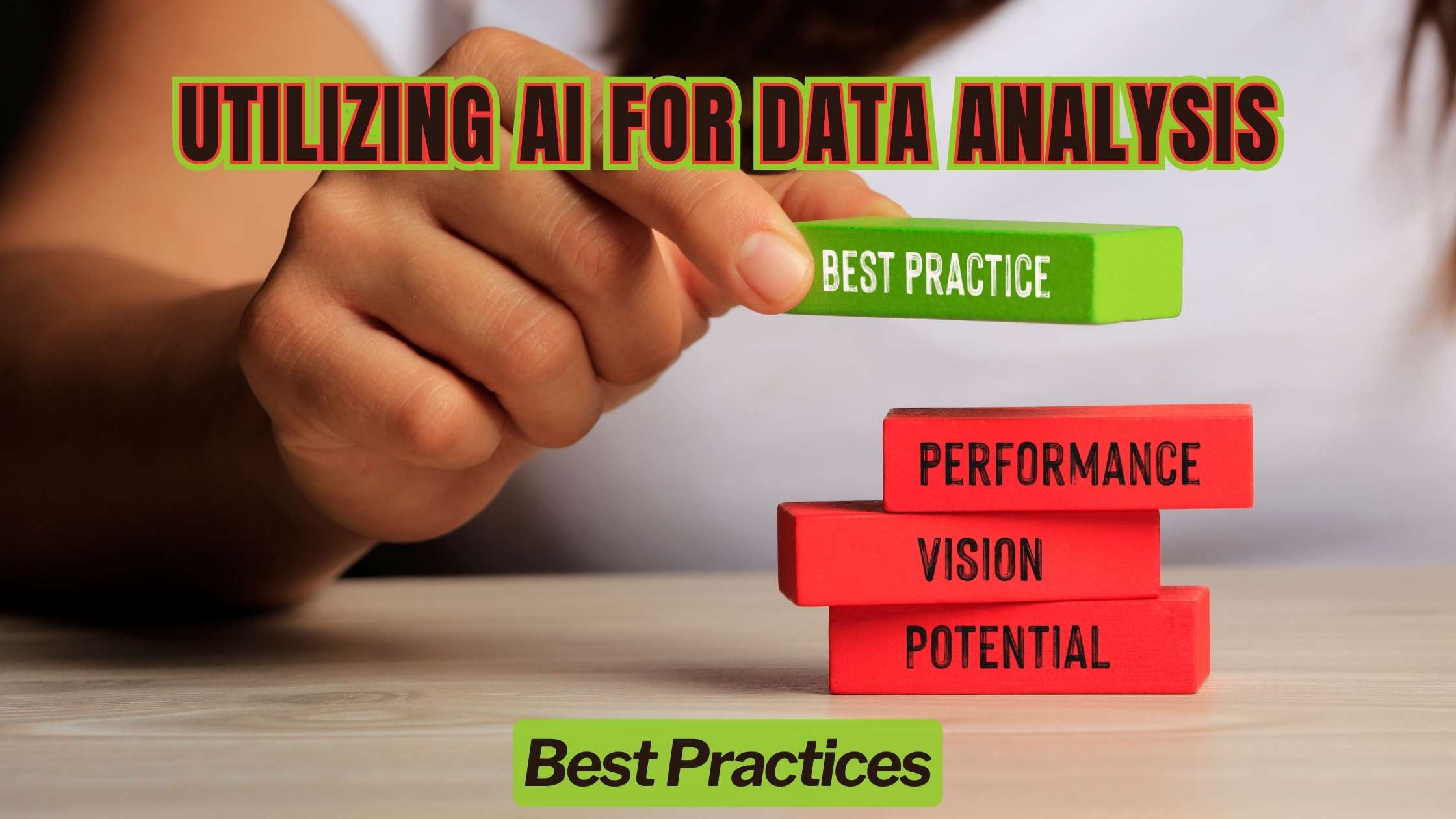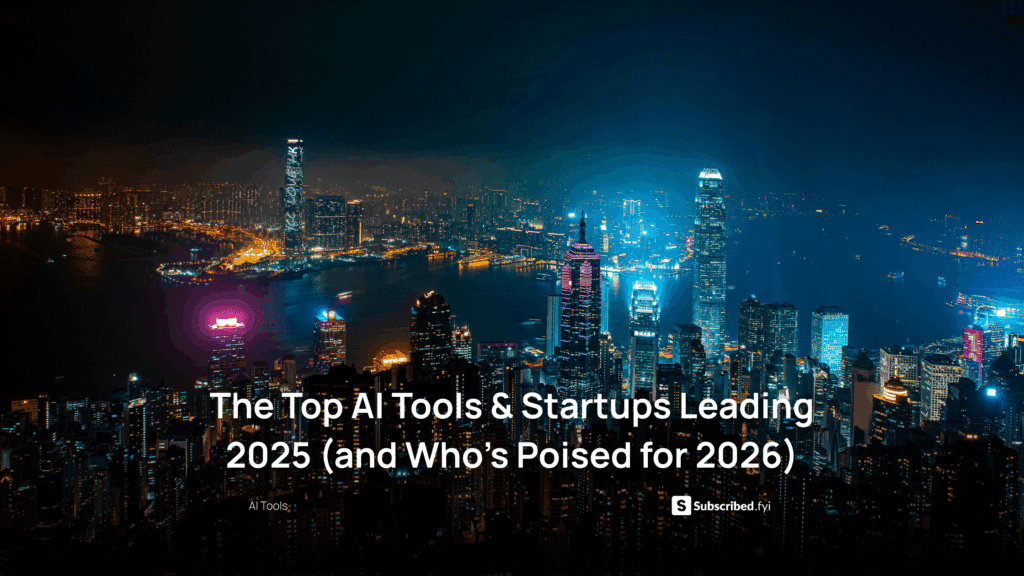Utilizing AI for Data Analysis: Best Practices
- AI Image Generators Software AI Writing Assistant Popular Tools AI Tools


Utilizing AI for Data Analysis: Best Practices
In today’s data-driven world, businesses are constantly seeking ways to extract valuable insights from vast amounts of data. Artificial Intelligence (AI) has emerged as a powerful tool for data analysis, enabling organizations to uncover patterns, trends, and correlations that might otherwise go unnoticed. In this article, we’ll explore the best practices for leveraging AI in data analysis to drive informed decision-making and enhance business performance.
Understanding the Role of AI in Data Analysis
Before delving into best practices, let’s establish a clear understanding of how AI can be utilized for data analysis:
1. Automation of Data Processing
AI algorithms can automate the process of data collection, cleansing, and preprocessing, allowing analysts to focus on higher-level tasks such as interpretation and decision-making. This automation accelerates the data analysis process and reduces the risk of human error.
2. Pattern Recognition and Prediction
AI-powered algorithms excel at identifying patterns, trends, and anomalies within large datasets. By leveraging machine learning and deep learning techniques, organizations can uncover valuable insights and make accurate predictions based on historical data.
3. Natural Language Processing (NLP)
NLP algorithms enable computers to understand and analyze human language, including text data from sources such as customer reviews, social media, and surveys. By applying NLP to data analysis, businesses can gain deeper insights into customer sentiment, preferences, and behavior.
Best Practices for Utilizing AI in Data Analysis
Now, let’s explore some best practices for effectively harnessing the power of AI in data analysis:
1. Define Clear Objectives
Before embarking on a data analysis project, clearly define your objectives and key performance indicators (KPIs). Determine what insights you hope to gain from the data and how they will inform decision-making within your organization.
2. Choose the Right AI Tools and Technologies
Select AI tools and technologies that align with your specific data analysis needs and objectives. Whether you’re looking to perform predictive analytics, sentiment analysis, or image recognition, there are AI platforms and frameworks available to suit every use case.
3. Ensure Quality Data Inputs
The accuracy and reliability of AI-driven insights depend on the quality of the input data. Invest in data quality management practices such as data cleansing, normalization, and validation to ensure that your AI algorithms produce meaningful results.
4. Continuously Monitor and Refine Models
AI models should be treated as dynamic entities that require ongoing monitoring and refinement. Continuously evaluate model performance against established benchmarks and update algorithms as new data becomes available to maintain accuracy and relevance.
5. Foster Collaboration Between AI and Human Analysts
While AI algorithms excel at processing and analyzing large volumes of data, human analysts bring domain expertise and contextual understanding to the table. Foster collaboration between AI and human analysts to leverage the strengths of both and maximize the value of data analysis efforts.
Relevant SaaS Products for AI-Driven Data Analysis
When it comes to leveraging AI for data analysis, several SaaS products offer powerful solutions tailored to the needs of businesses:
1. Tableau
Tableau is a leading data visualization platform that leverages AI-powered analytics to help users explore, analyze, and understand their data more effectively. With features such as natural language processing and smart recommendations, Tableau empowers users to uncover insights and make data-driven decisions.
2. DataRobot
DataRobot is an automated machine learning platform that enables organizations to build, deploy, and manage machine learning models at scale. With its intuitive interface and automated model-building capabilities, DataRobot simplifies the process of implementing AI-driven data analysis solutions.
3. Alteryx
Alteryx is a comprehensive analytics platform that combines data preparation, blending, and advanced analytics capabilities in a single integrated solution. With Alteryx, users can leverage AI and machine learning algorithms to perform predictive analytics, spatial analysis, and more.
4. Databricks
Databricks provides a unified analytics platform built on Apache Spark that enables organizations to harness the power of AI and machine learning for big data analytics. With features such as collaborative notebooks and automated machine learning, Databricks empowers data teams to accelerate innovation and drive business outcomes.
5. RapidMiner
RapidMiner is an end-to-end data science platform that offers a wide range of AI and machine learning tools for data analysis and predictive modeling. With its drag-and-drop interface and automated model deployment capabilities, RapidMiner makes it easy for users to derive actionable insights from their data.
As you explore the best practices and SaaS solutions for utilizing AI in data analysis, Subscribed.FYI offers a valuable resource for discovering exclusive deals and discounts on premium AI-driven analytics tools mentioned in this article. By accessing Subscribed.FYI Deals, you can unlock special offers on SaaS products that can help you optimize your data analysis processes while maximizing cost savings.
Relevant Product Links:





